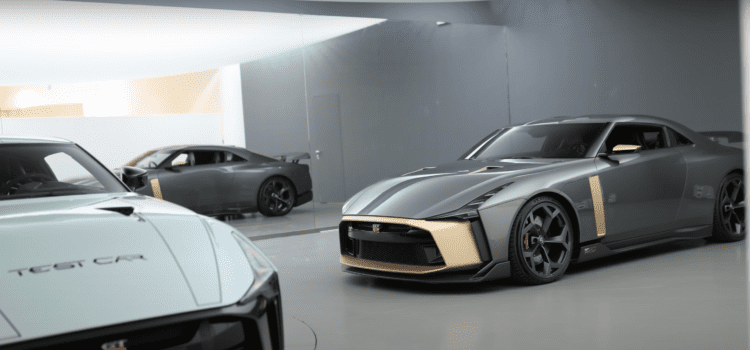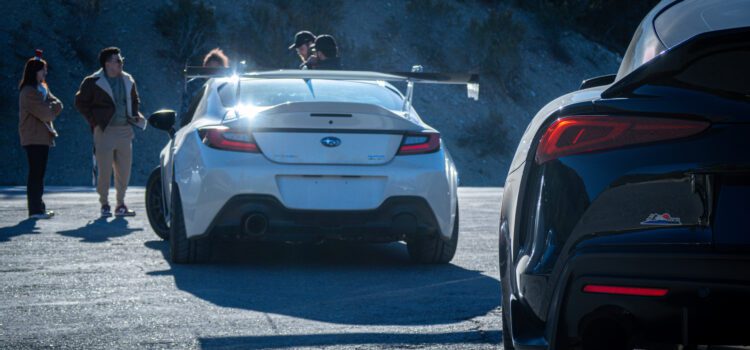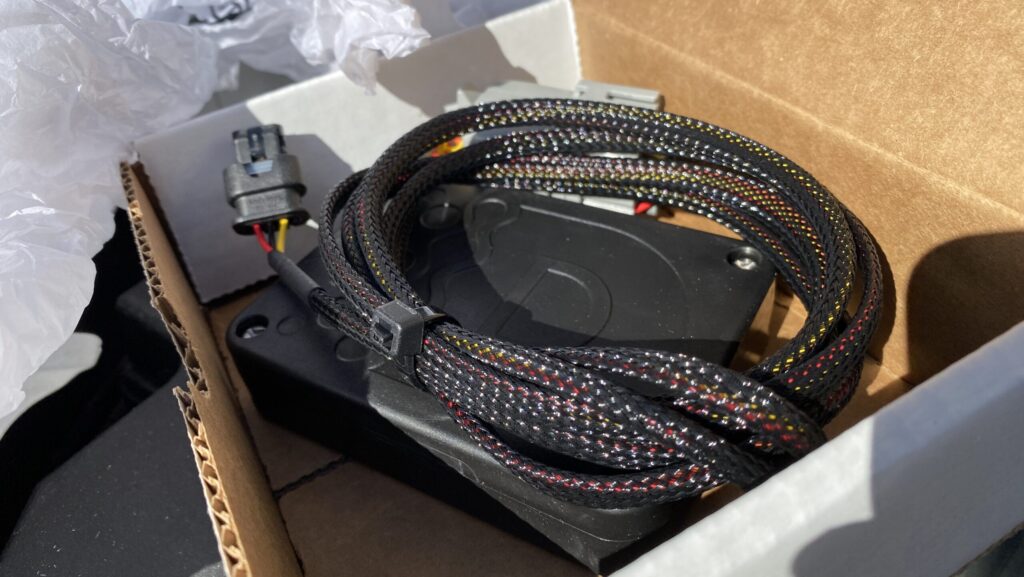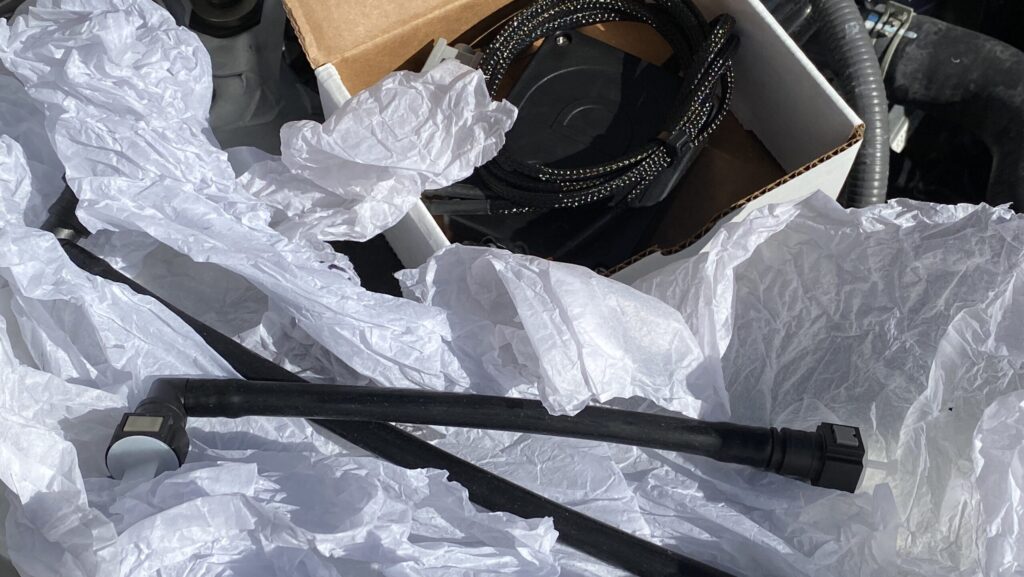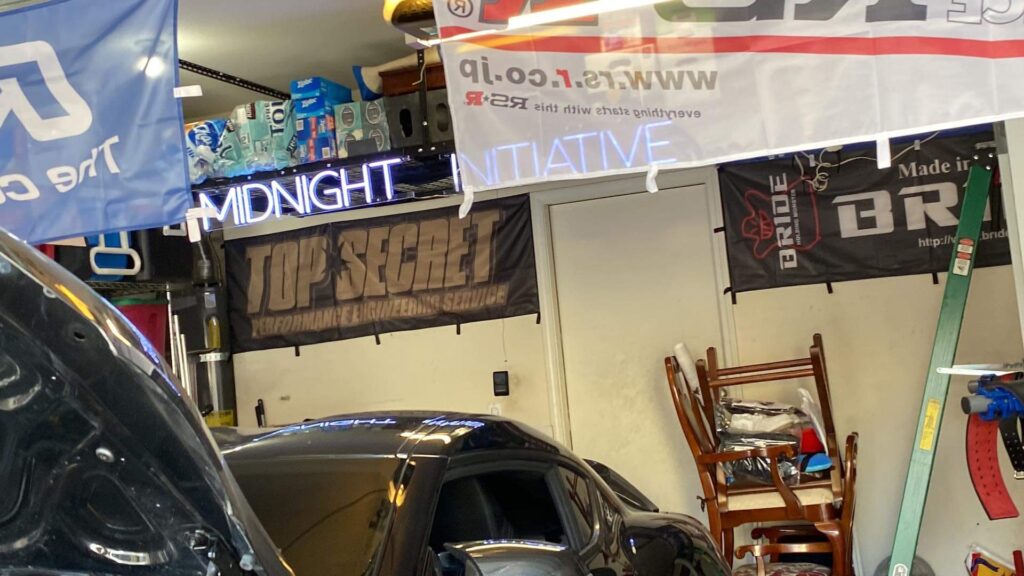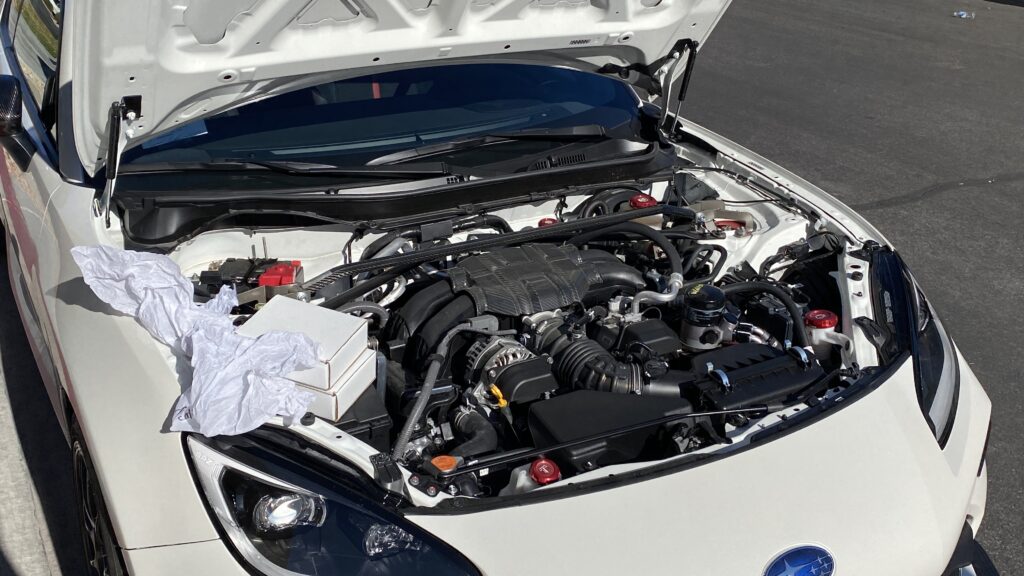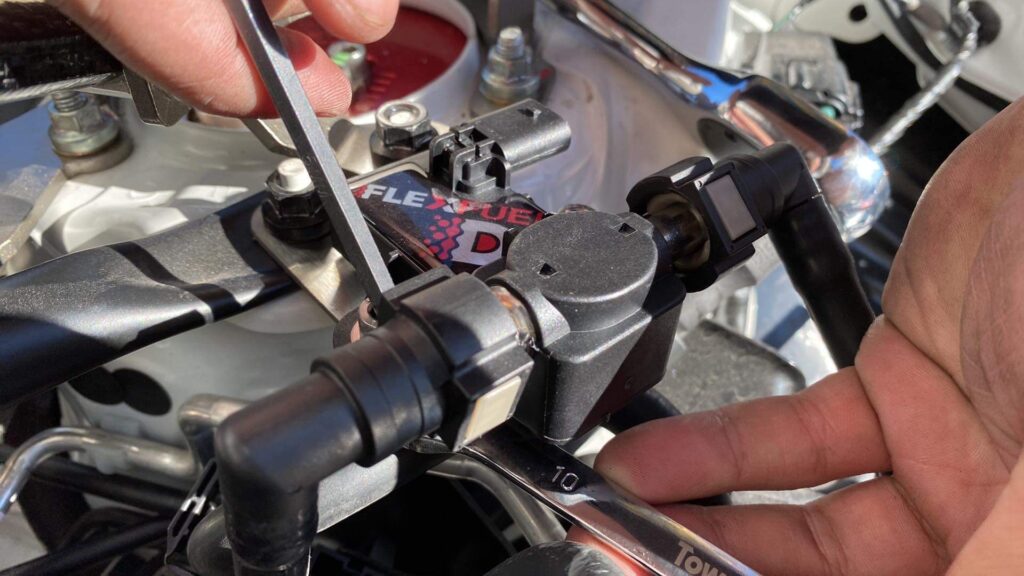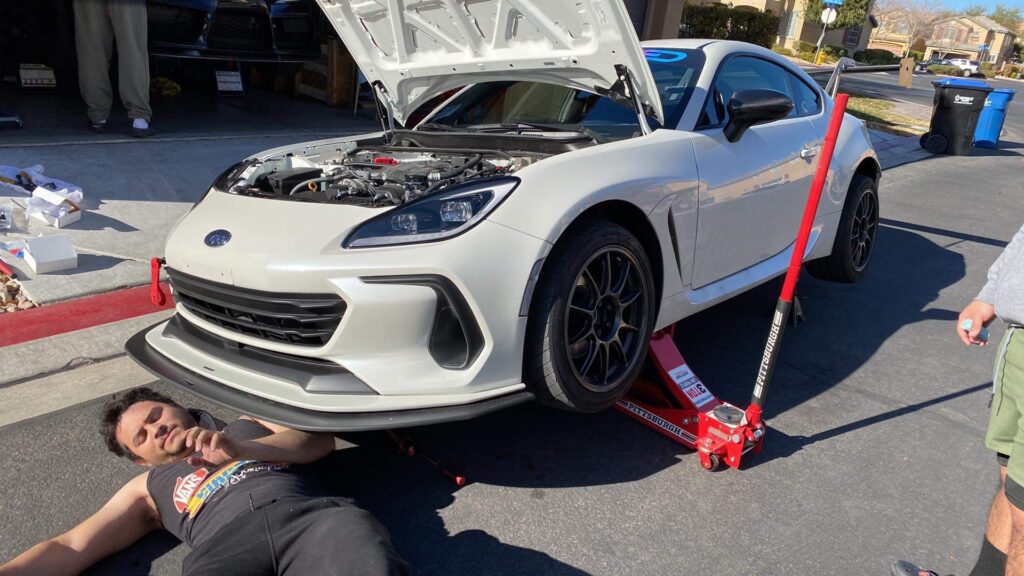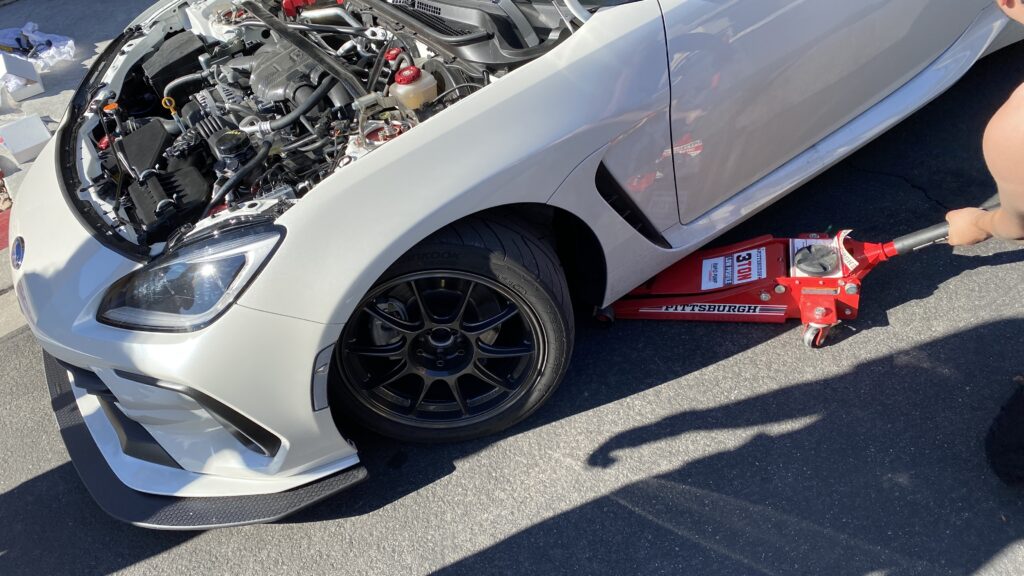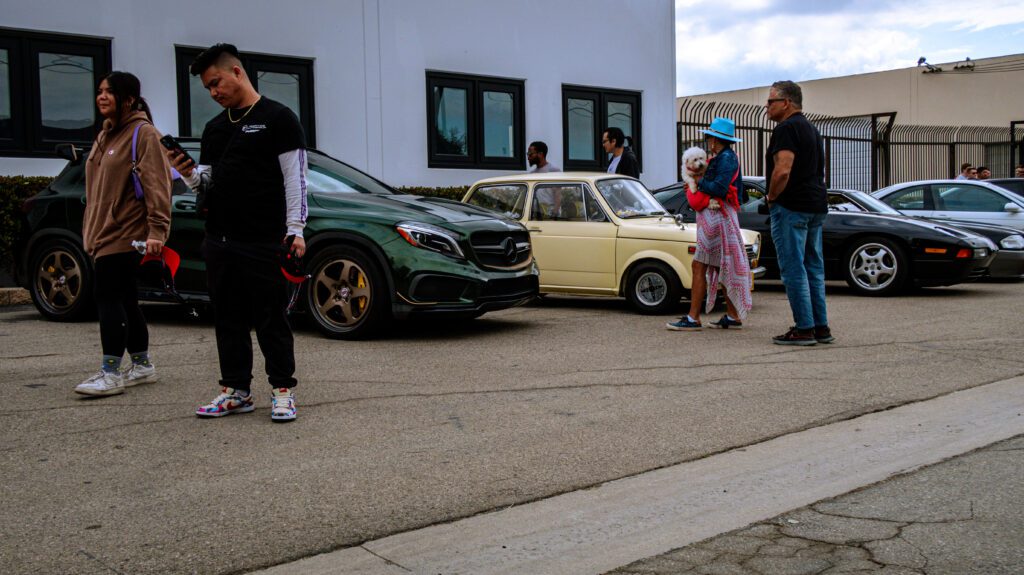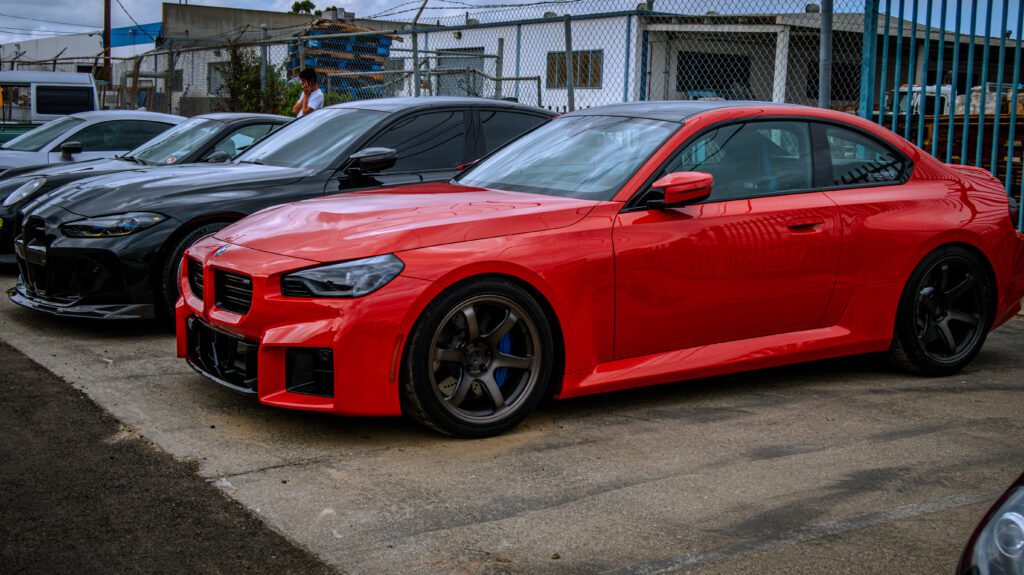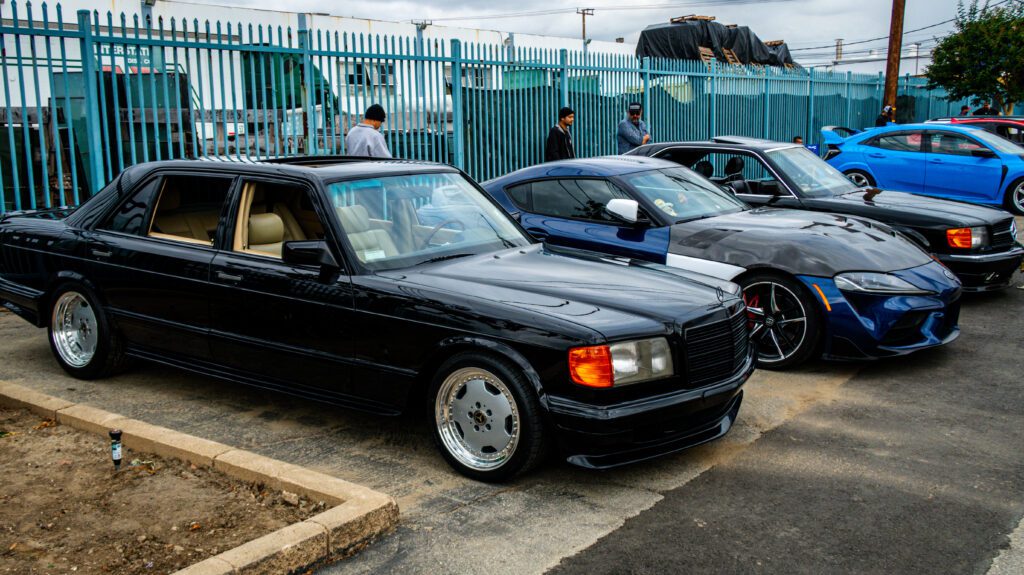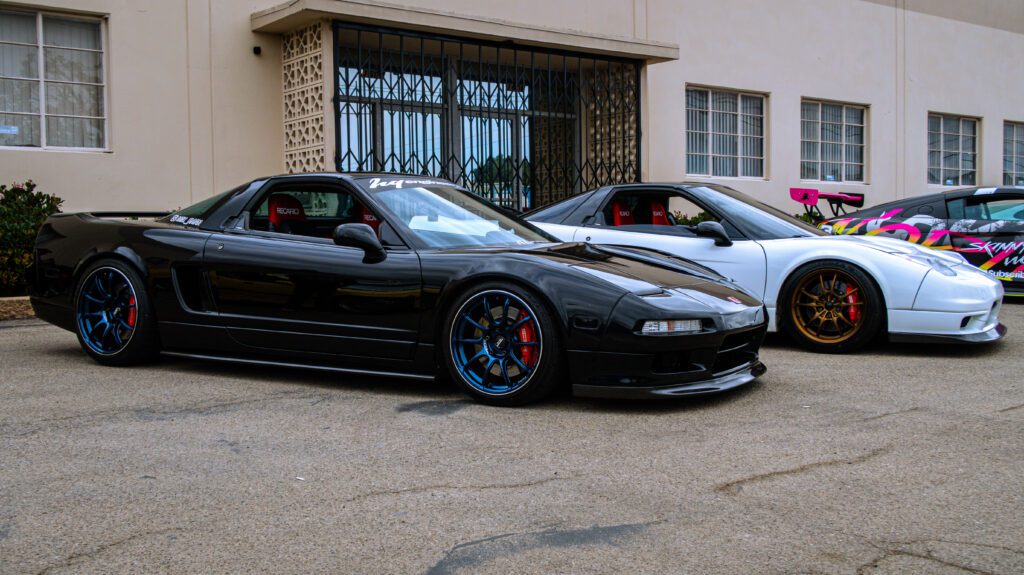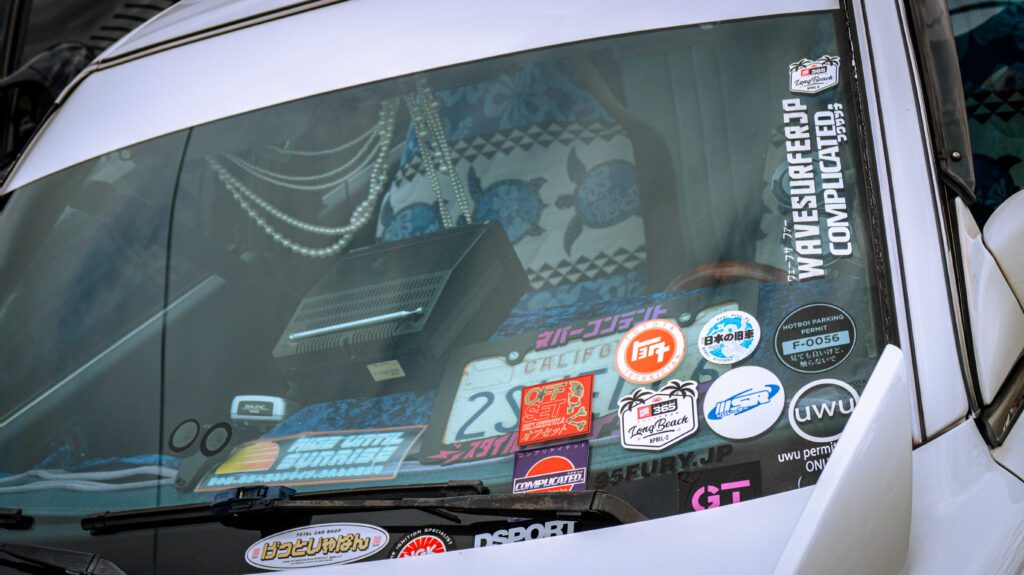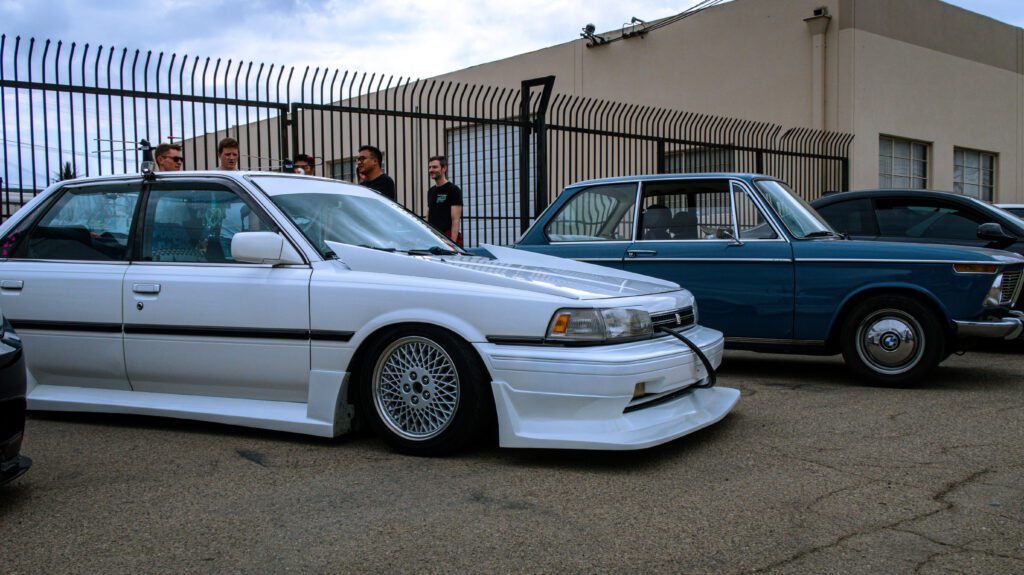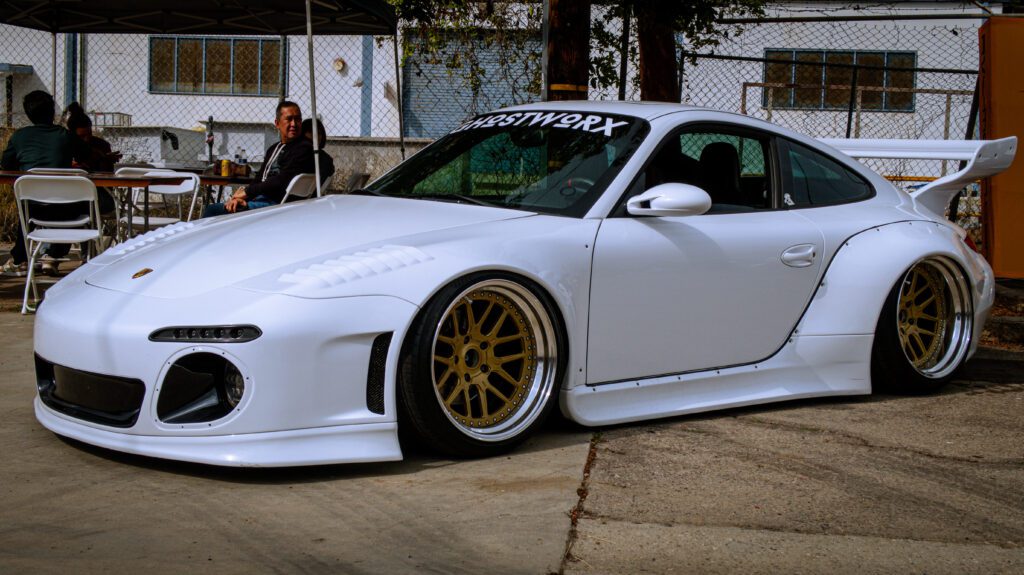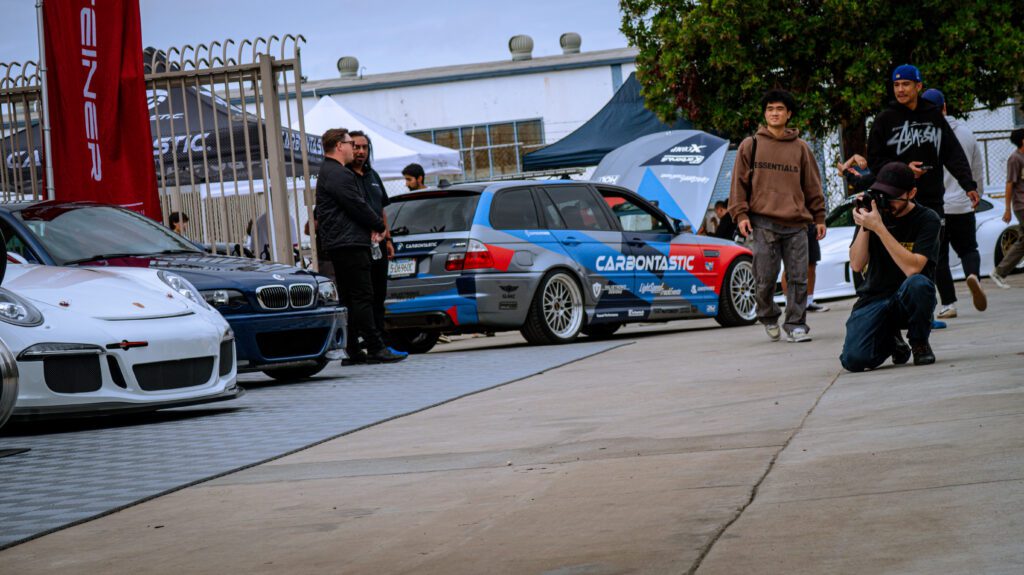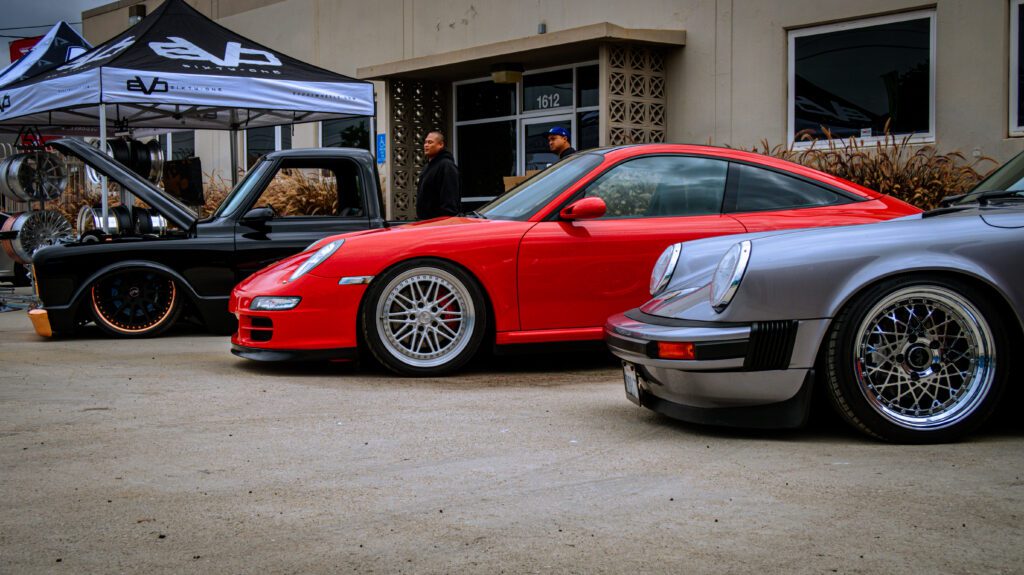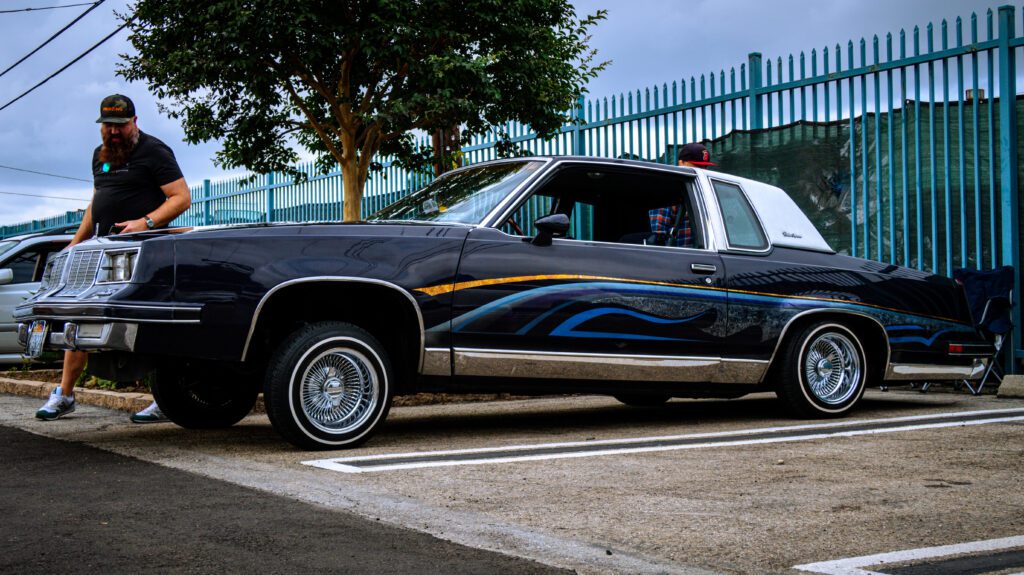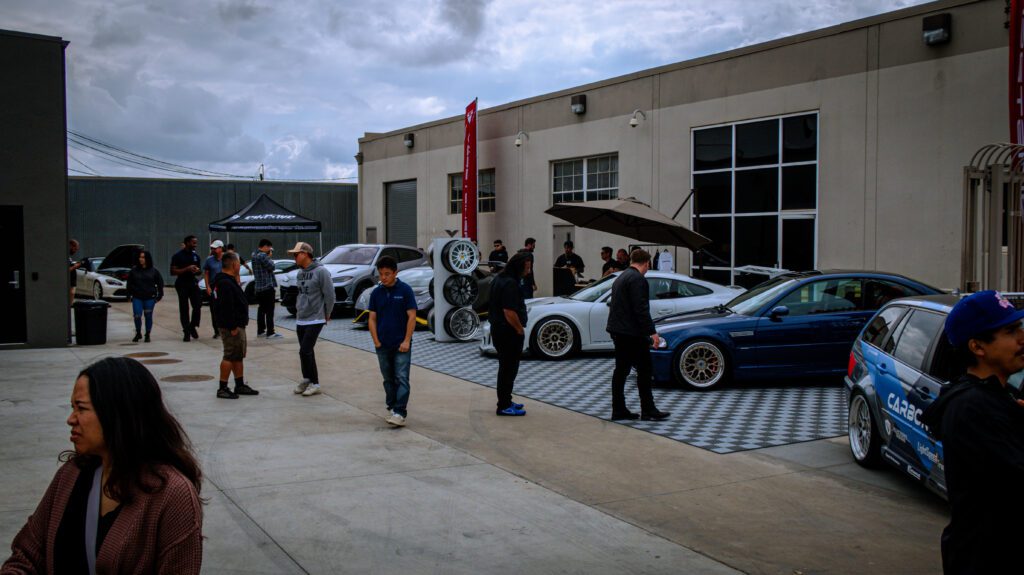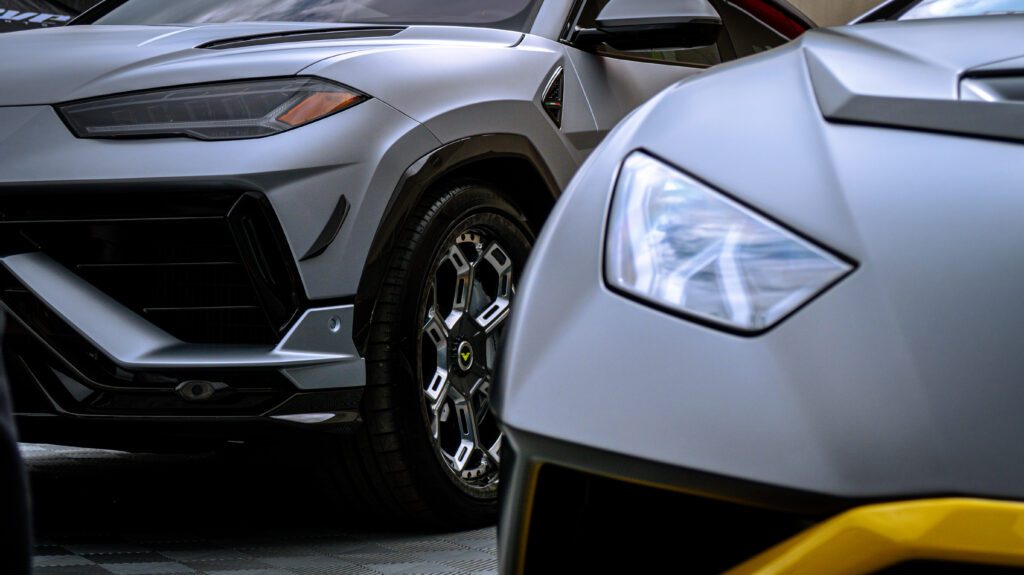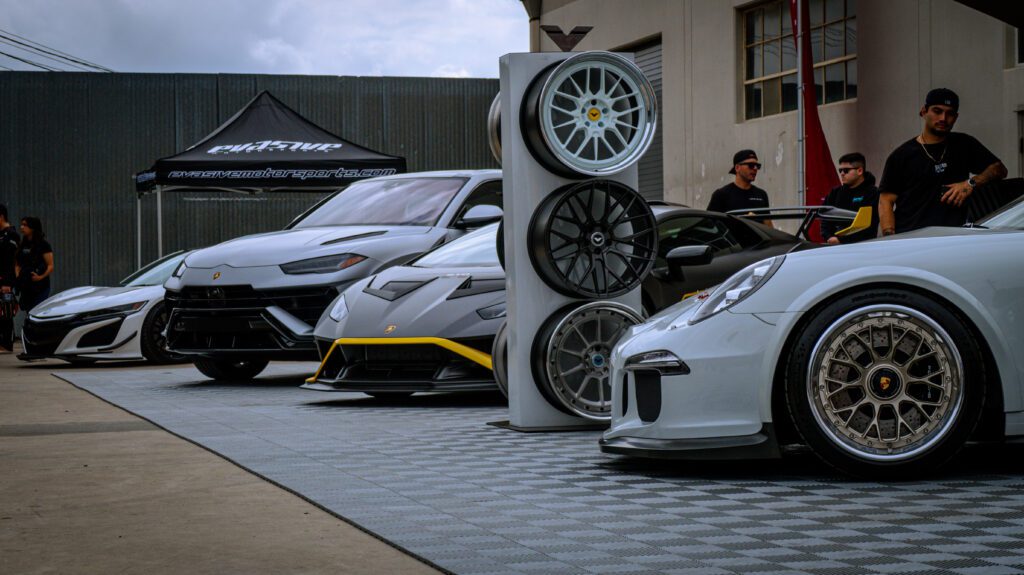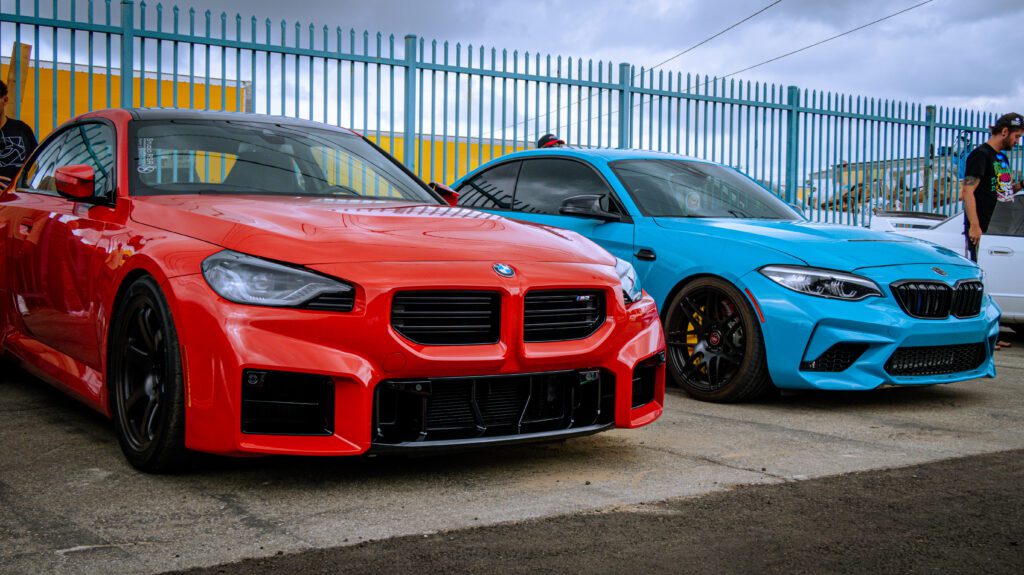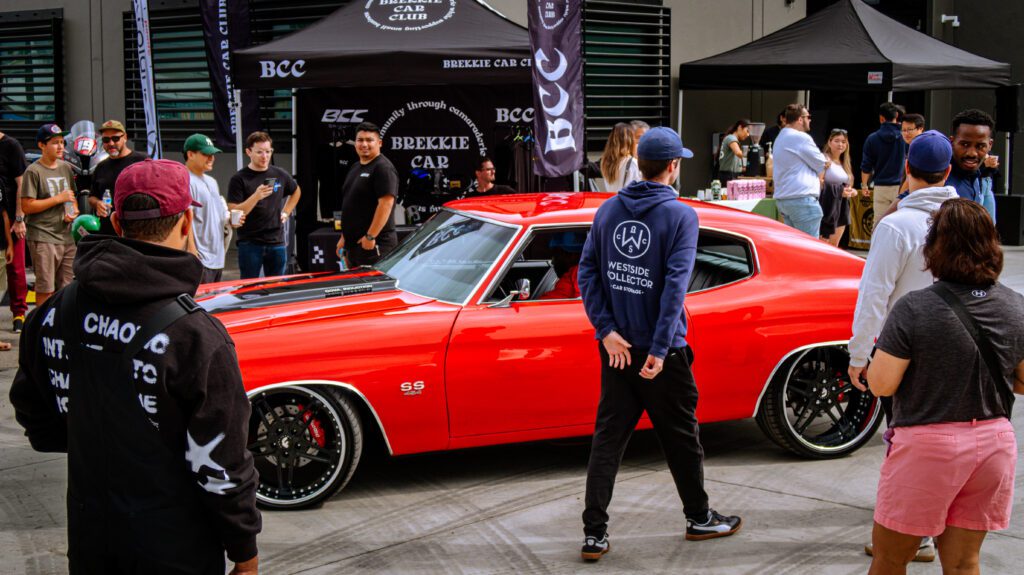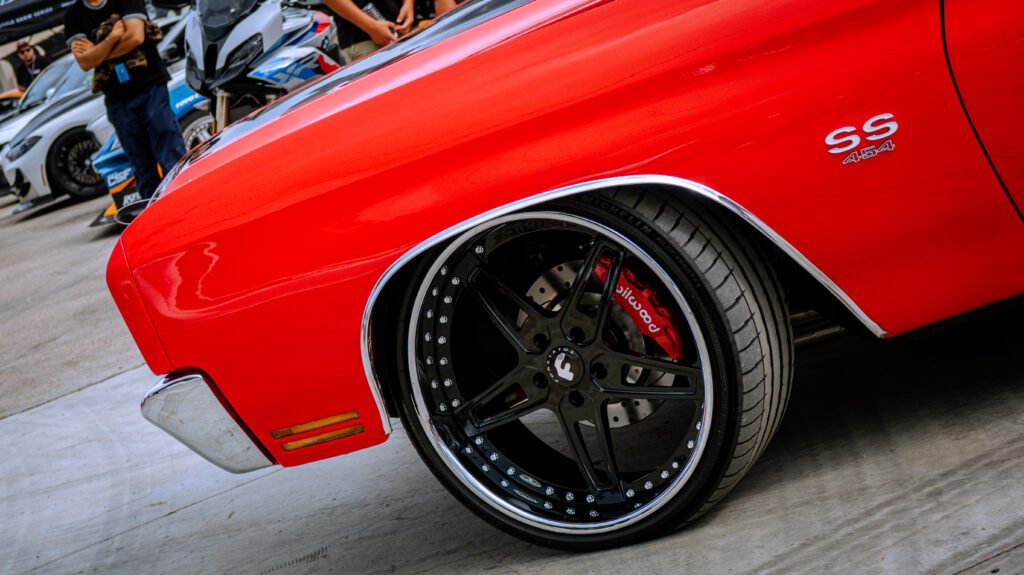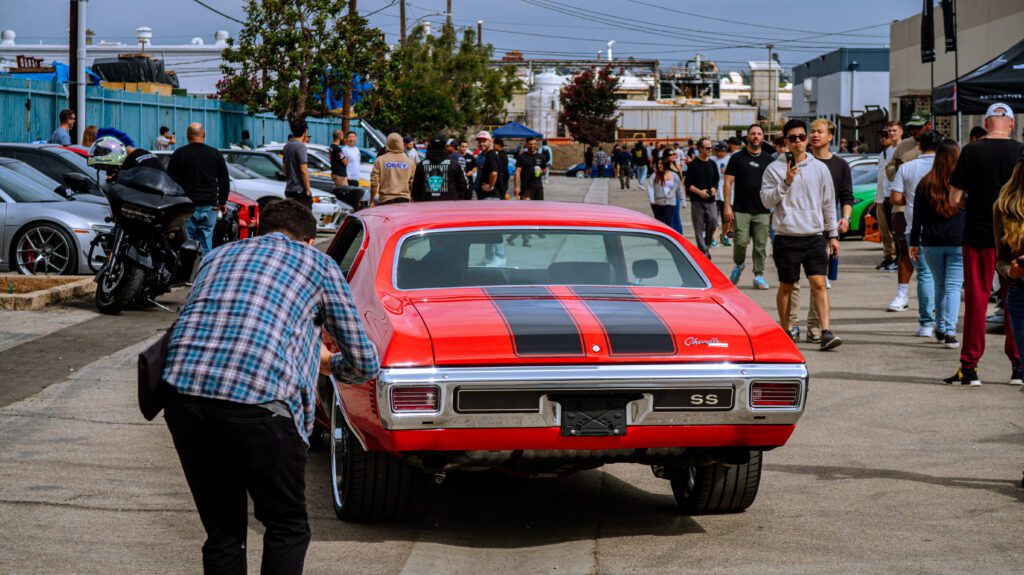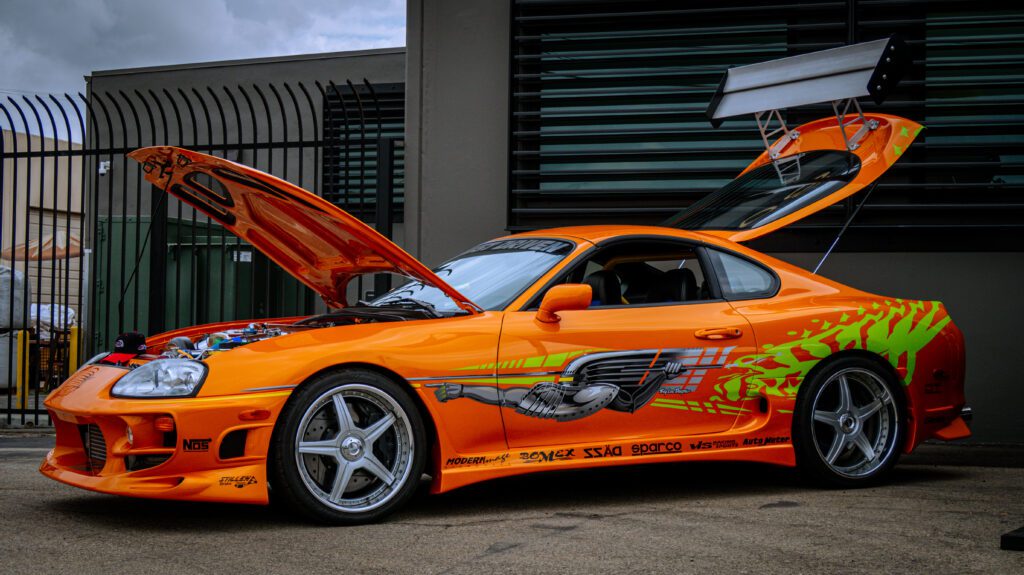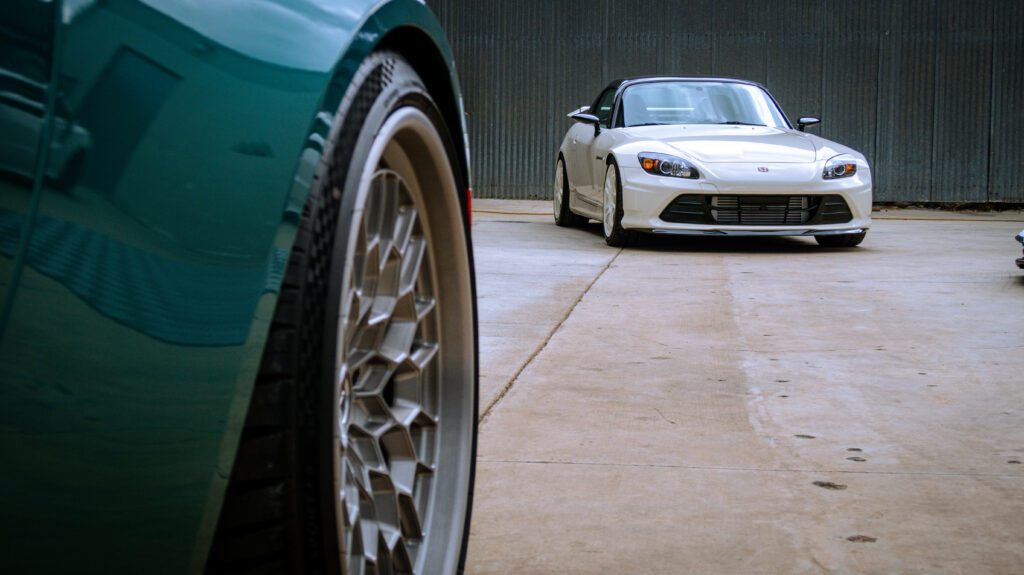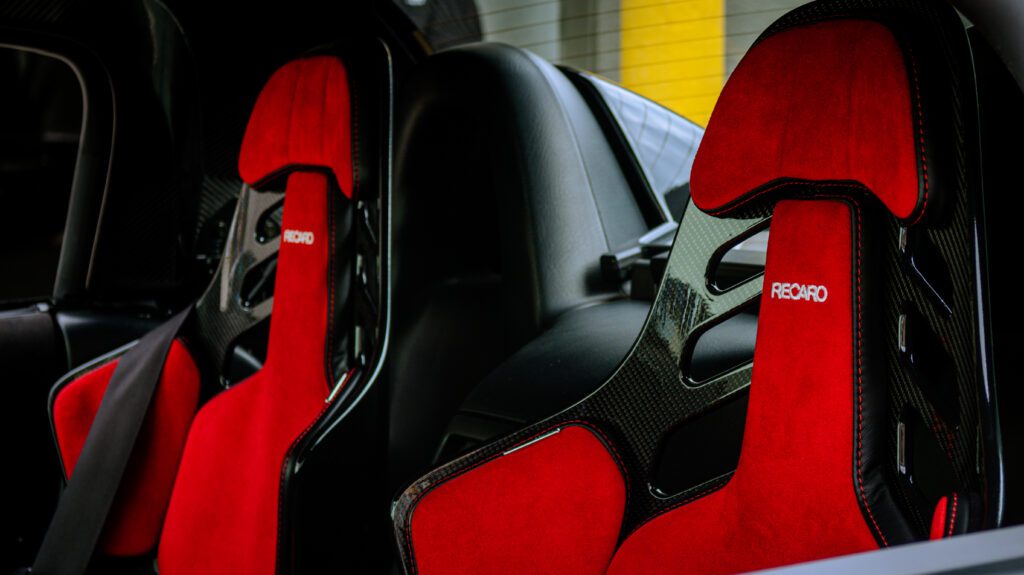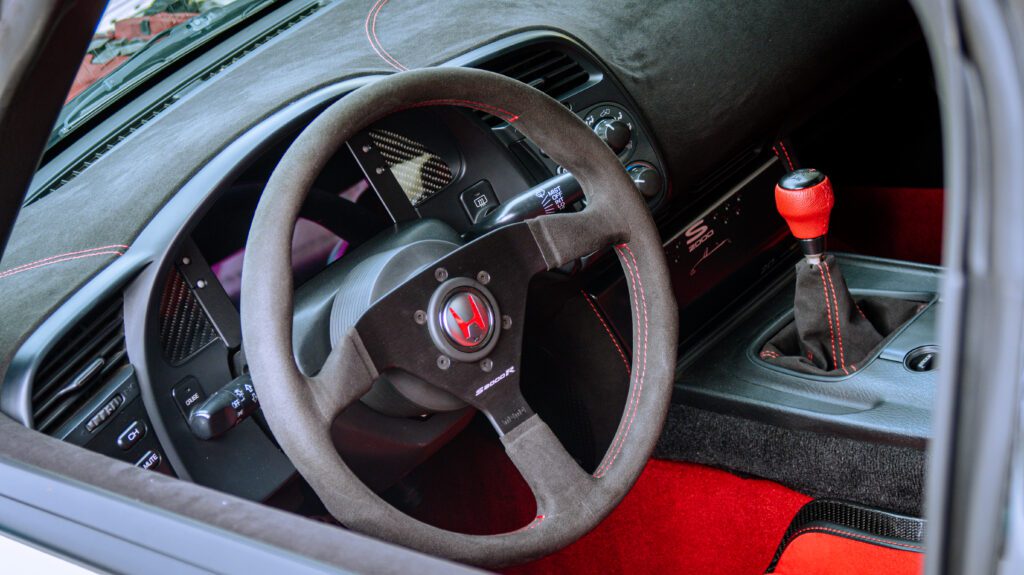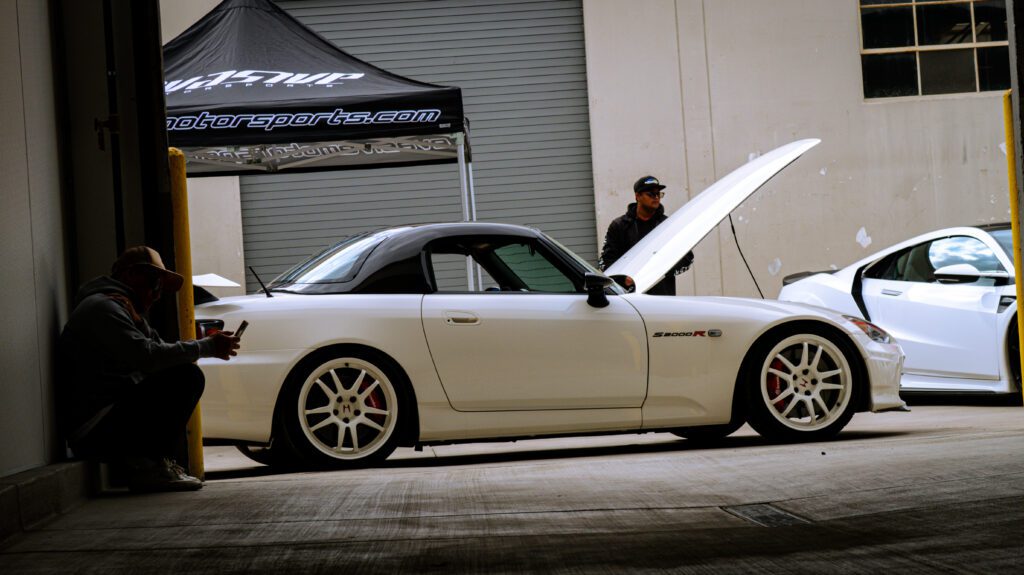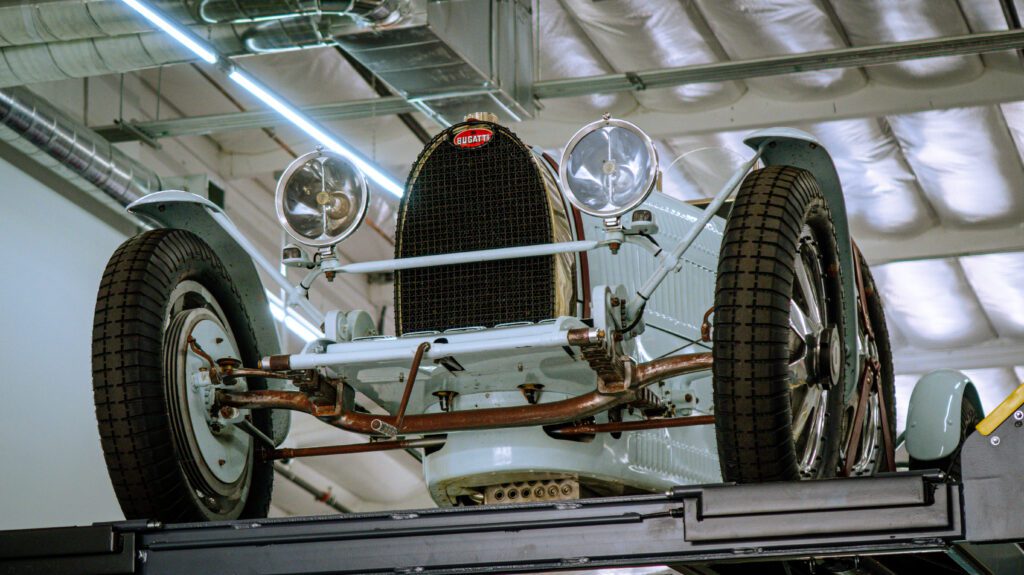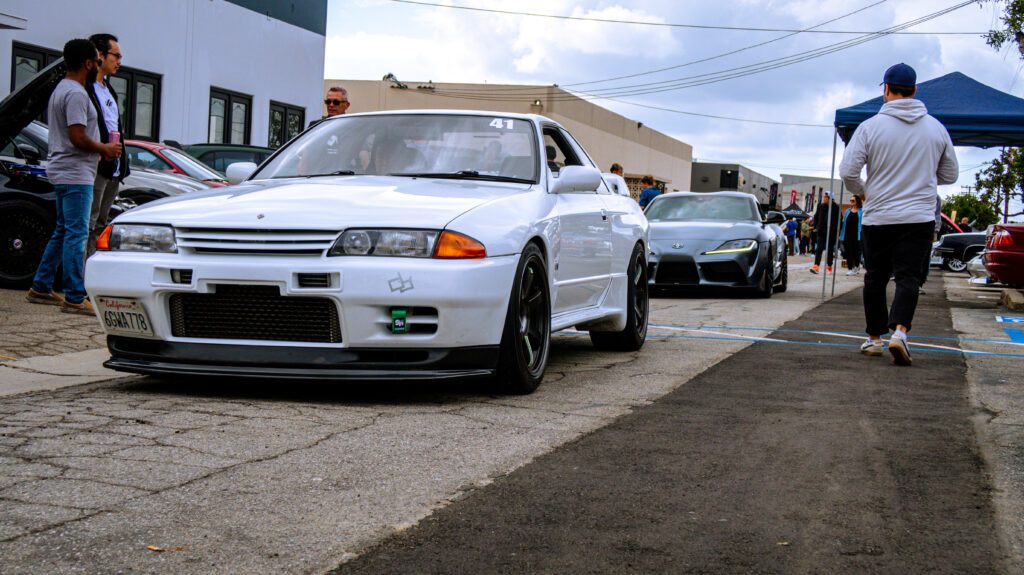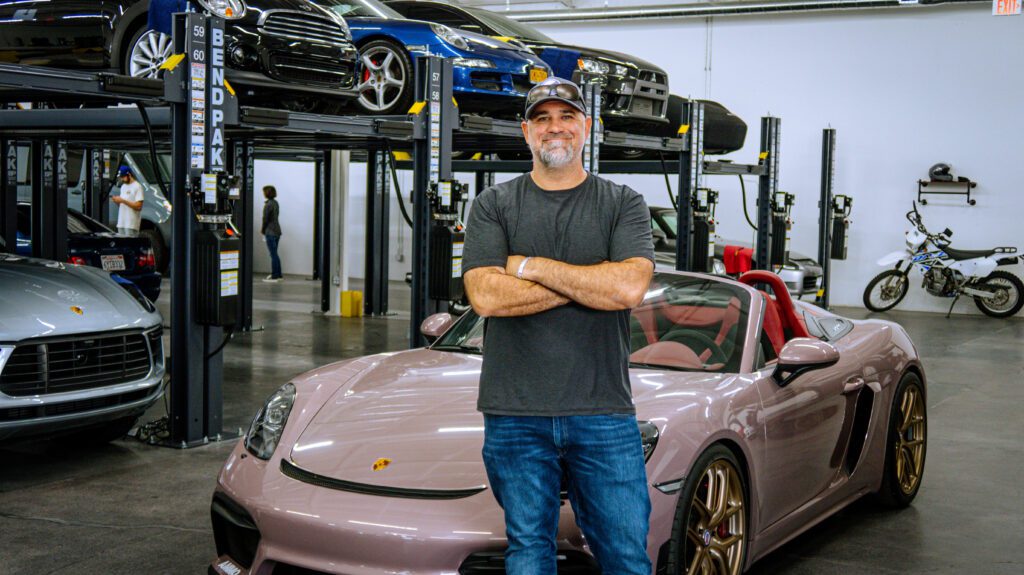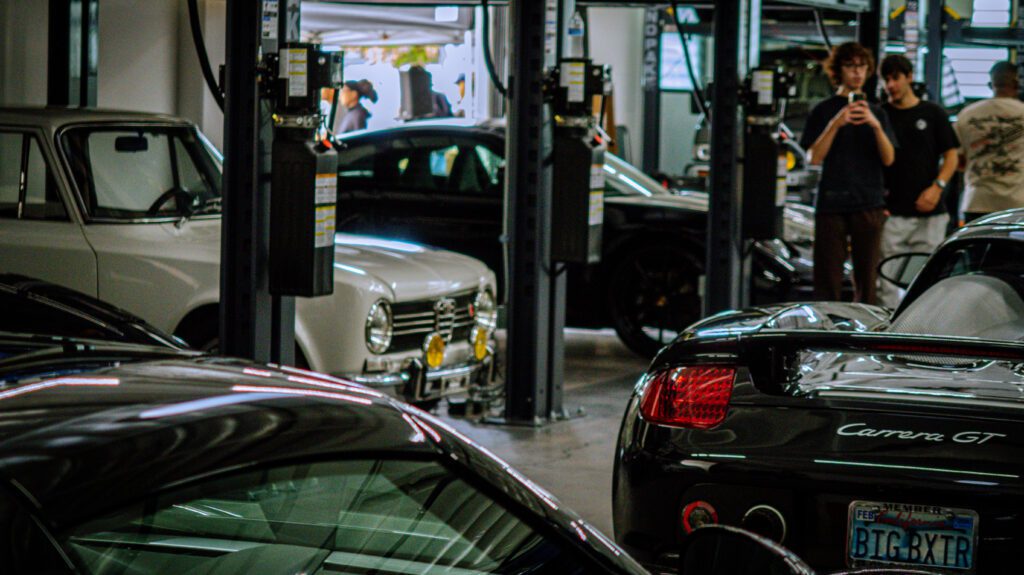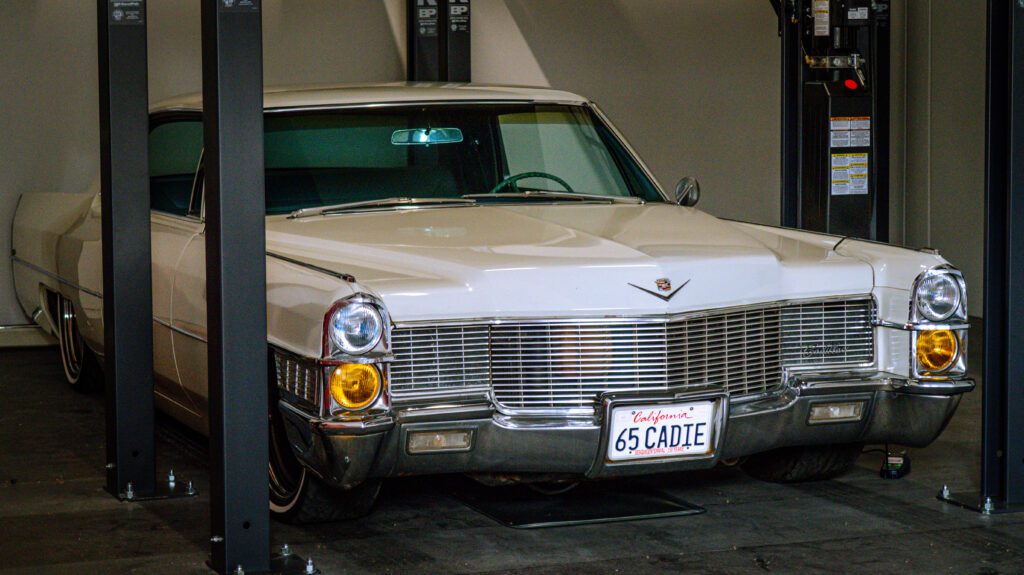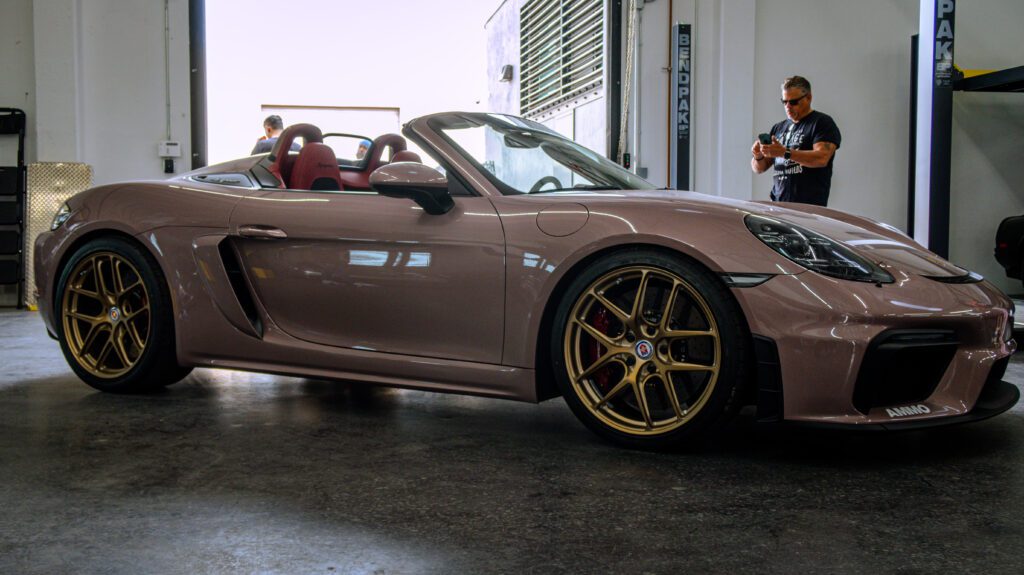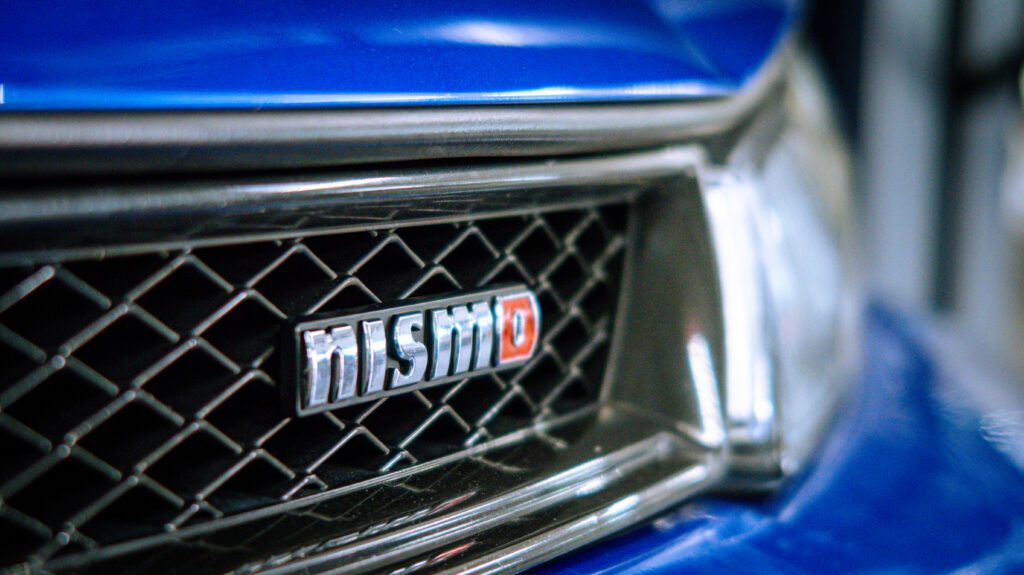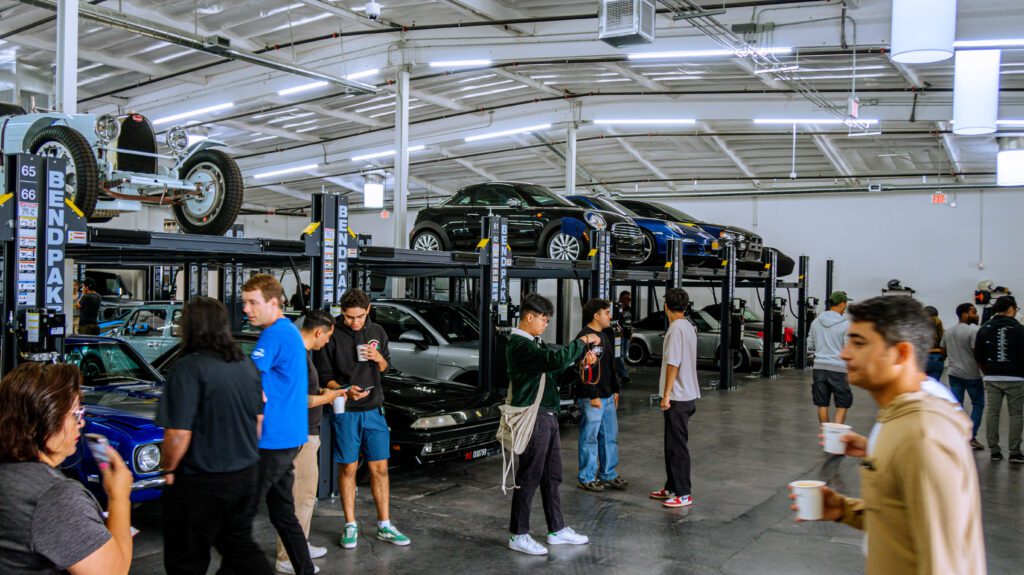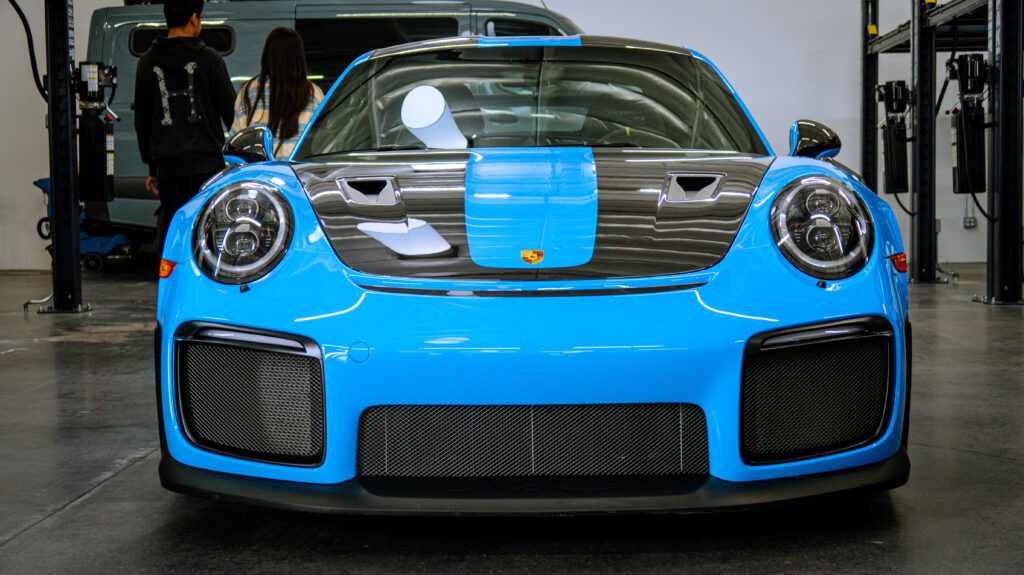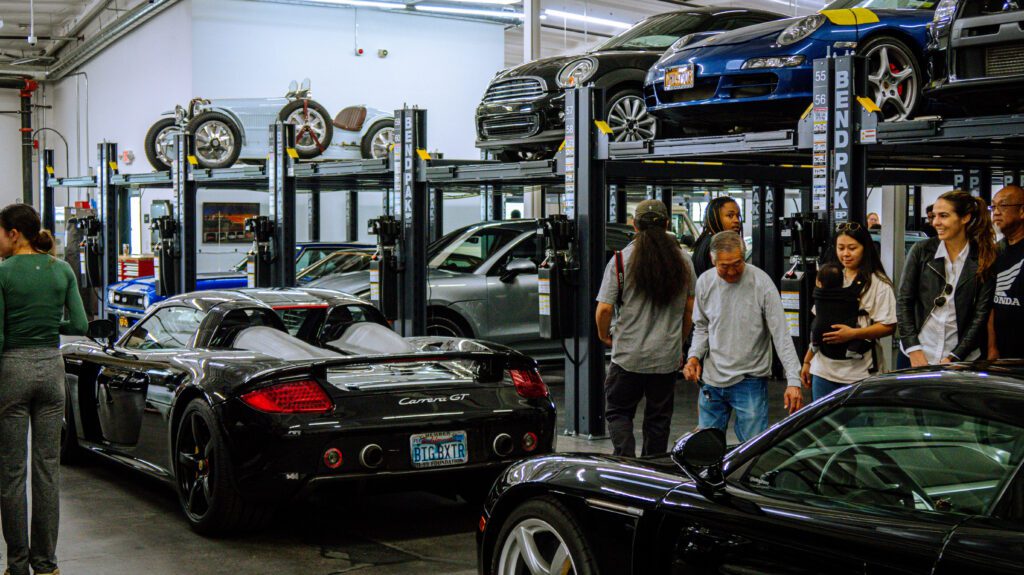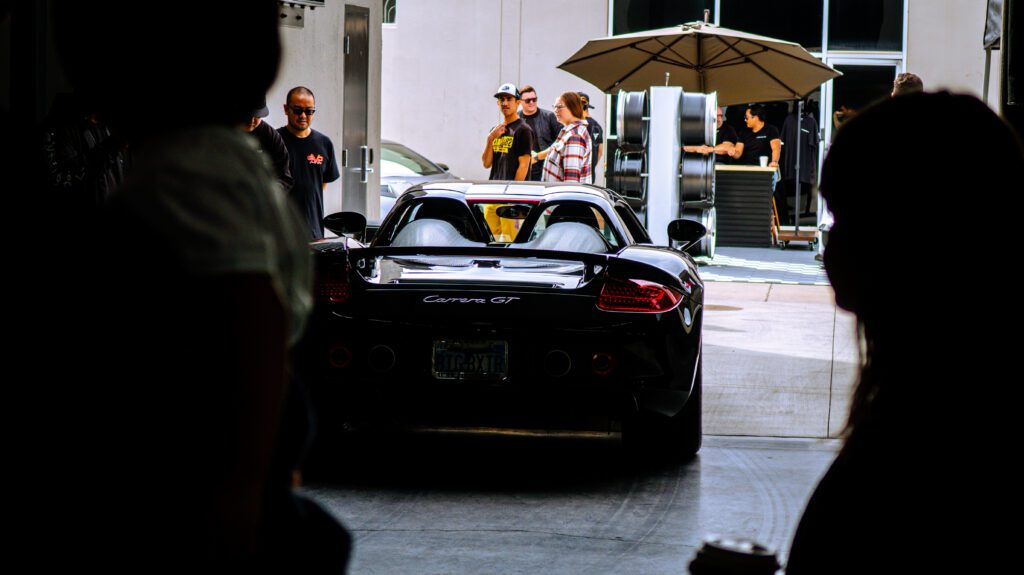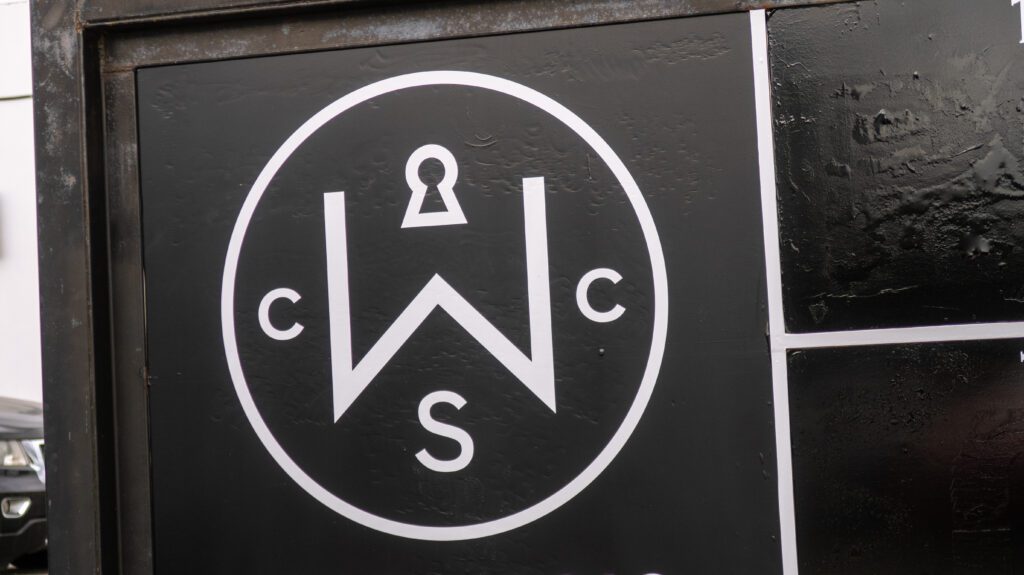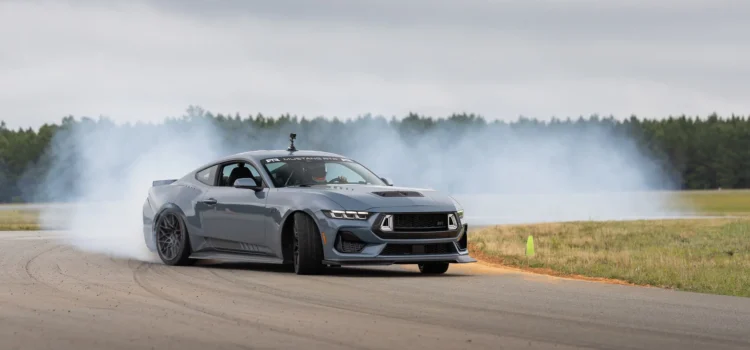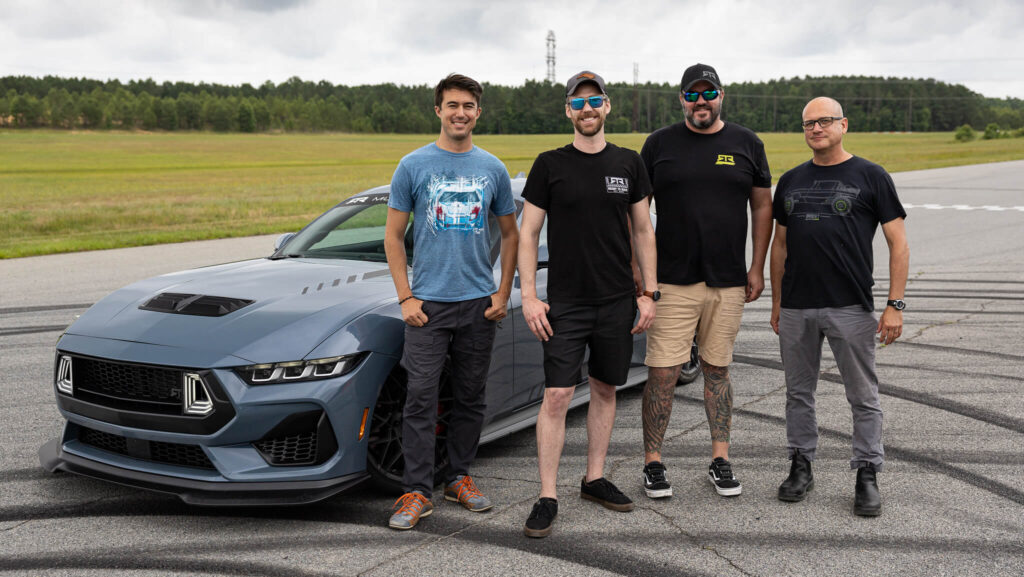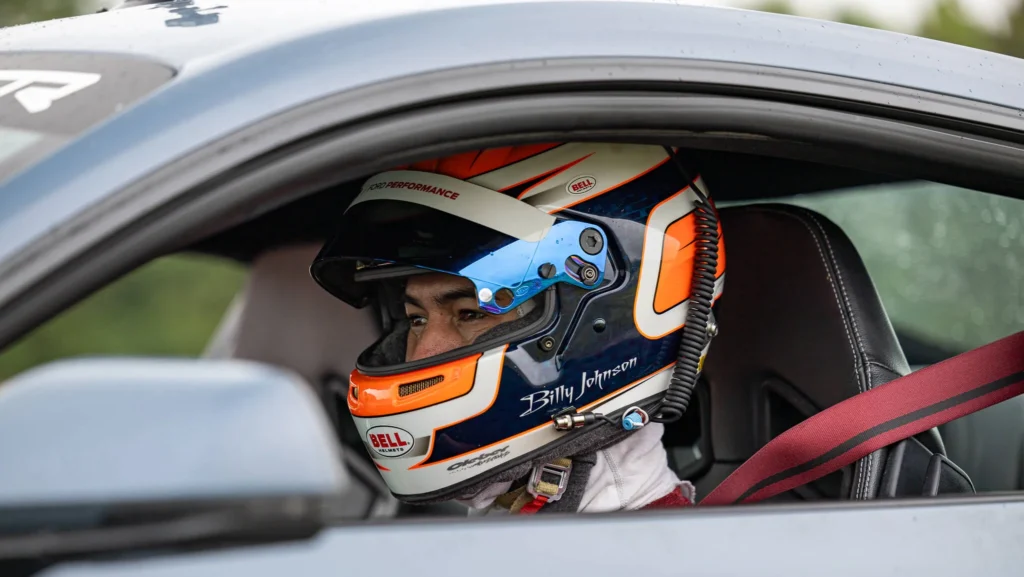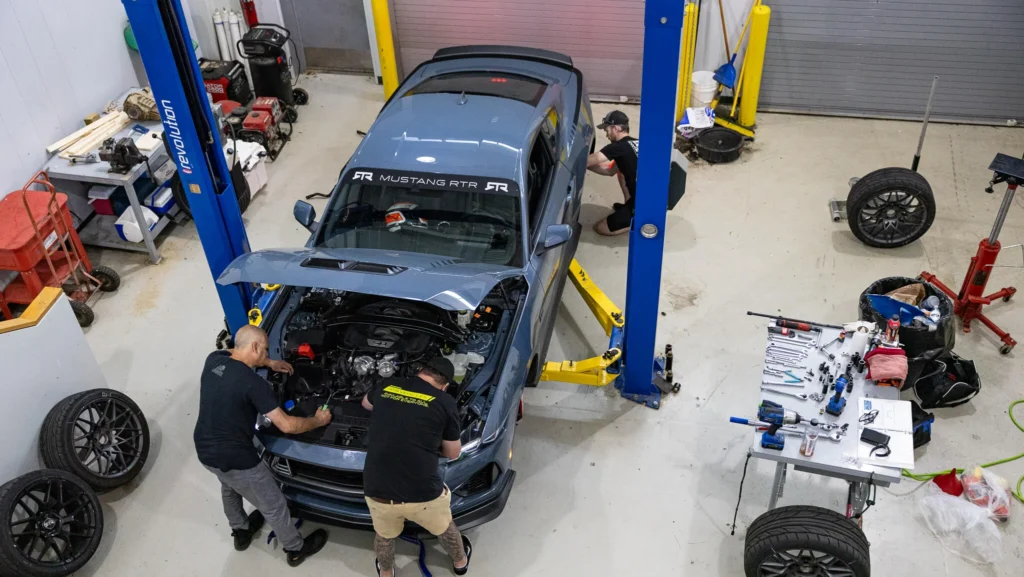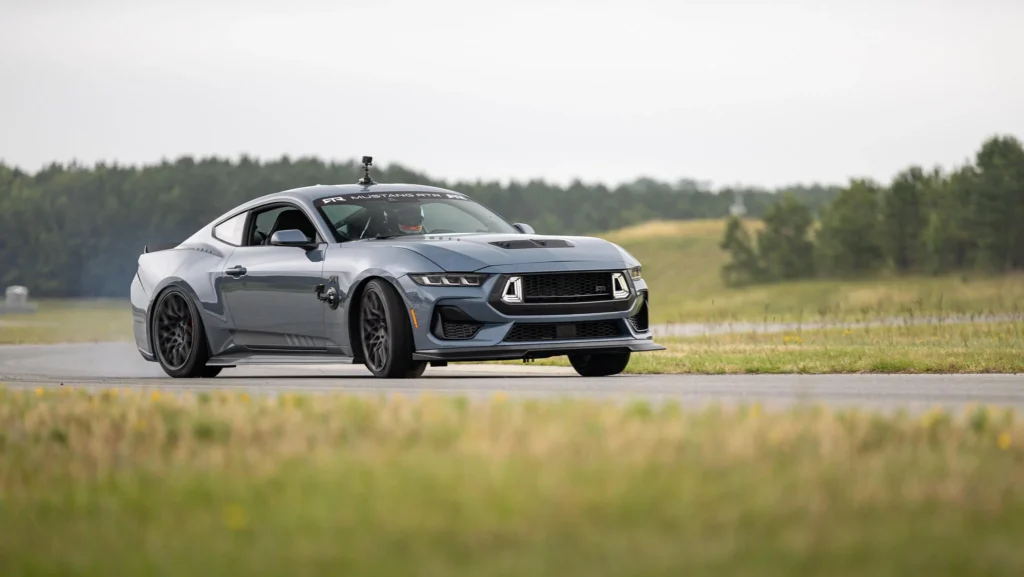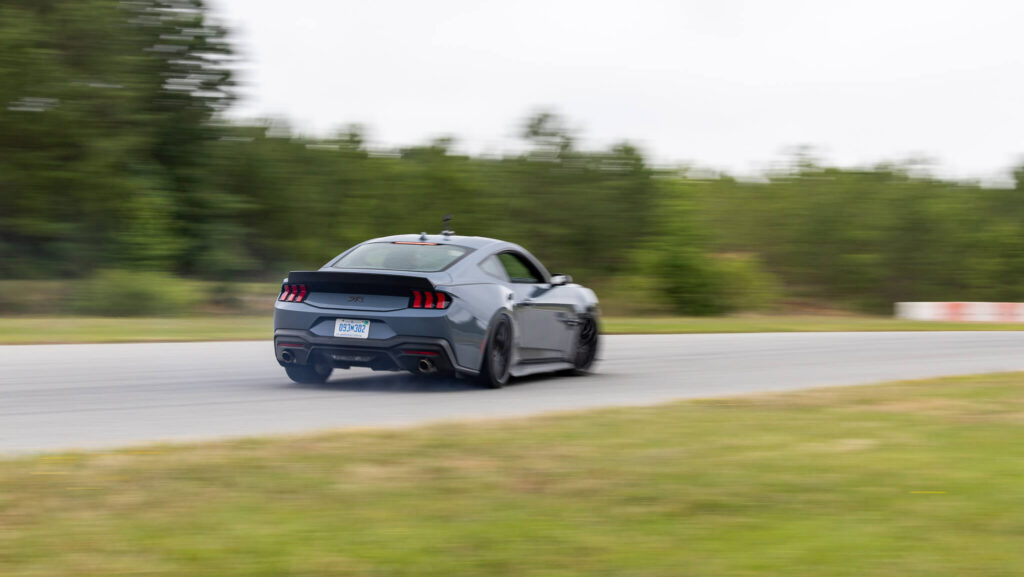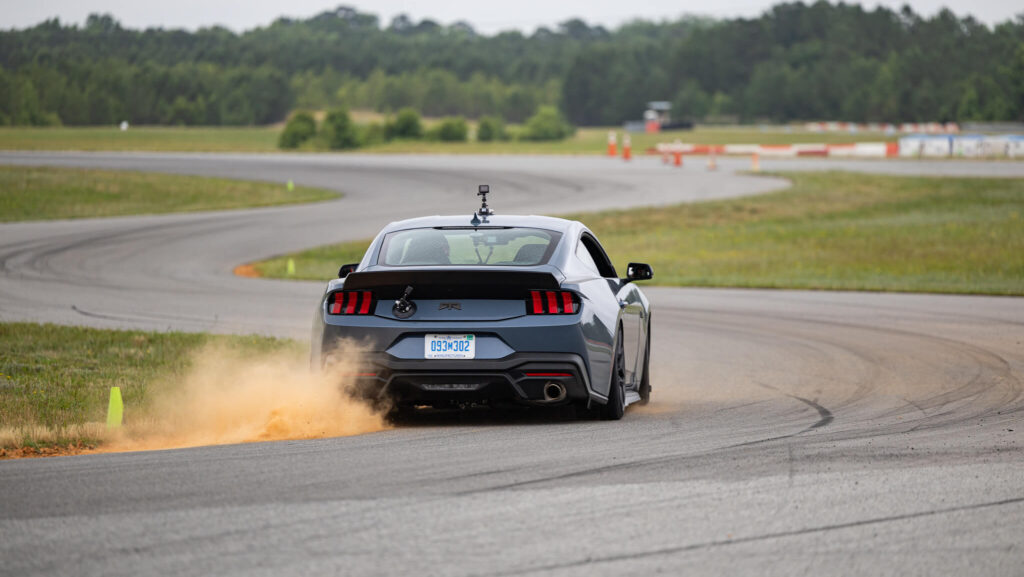Sunshine and slammed style: Hawaii’s car culture looks breathtaking through the lens of Larry Chen
I don’t think it needs much introduction. Hawaii is a vibrant state unlike any other in the U.S. and made famous by gorgeous vistas, a bustling tourist industry, and some of the most interesting and passionate locals who embrace the Aloha State’s culture. Anyone who grew up with Lilo & Stitch can at least infer that. However, Hawaii’s car culture is not what we think of when we also envision its glistening beaches and rolling green hills. It probably comes as a surprise that Hawaii even has one, given how compact the islands are and how physically isolated the state is from the American mainland. But it exists. And all-star photographer, Larry Chen, has some words to say and an illustrious fleet of outlandish modified cars to show off.
Larry Chen helps showcase Hawaii’s finest
On the surface, there’s not much to explain. Larry Chen hosted a car meet in conjunction with Canon and a group of locals while Larry was around for PhotoCon. Resultingly, a bunch of locals showed up with an unexpectedly eclectic display of Hawaii’s finest modified cars. And no, it’s not just lifted 4Runners or a “brand-new 2003 Toyota Tacoma (cherry, brah).”
A modified Volkswagen Bug on chrome steelies. Lowrider trucks. Drift cars and VIP builds slammed on their balls (you see that slammed cars are especially the vibe in Hawaii). In a state where the fastest speed limit is 60 miles per hour, and Japan and California sit thousands of miles to the right or left of you, there is zero logical reason for there to be a Liberty Walk Audi R8 or even that lovely, very Urban Outlaw-esque Porsche 911 SC. I’m guessing the most sensibly built car there was the Subaru SVX lowered on WRX wheels at Slammedenuff.
But you know what? Let ’em have it. Let ’em have it all. For all that works against the local car scene, they deserve the kingdom they’ve built.
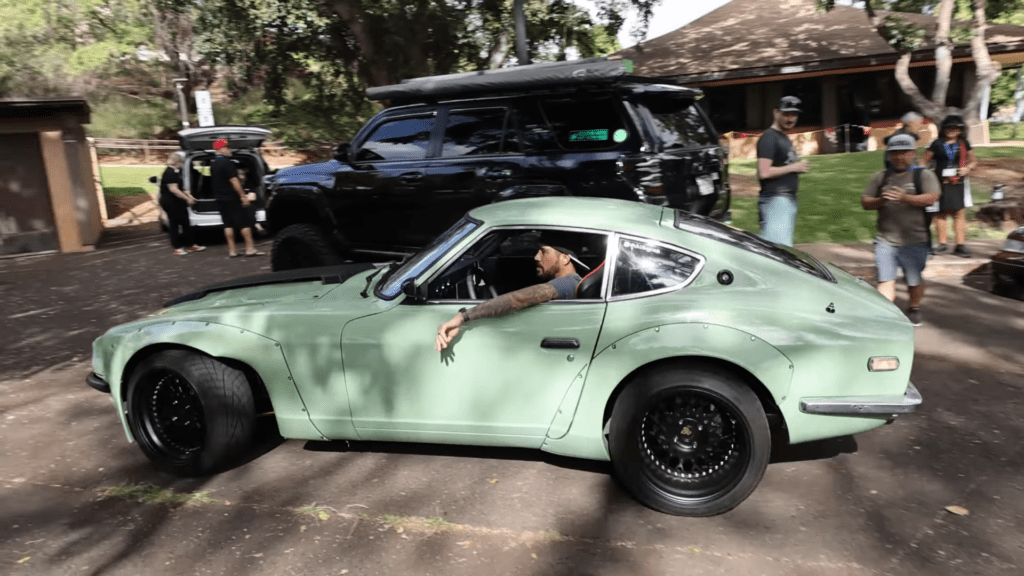

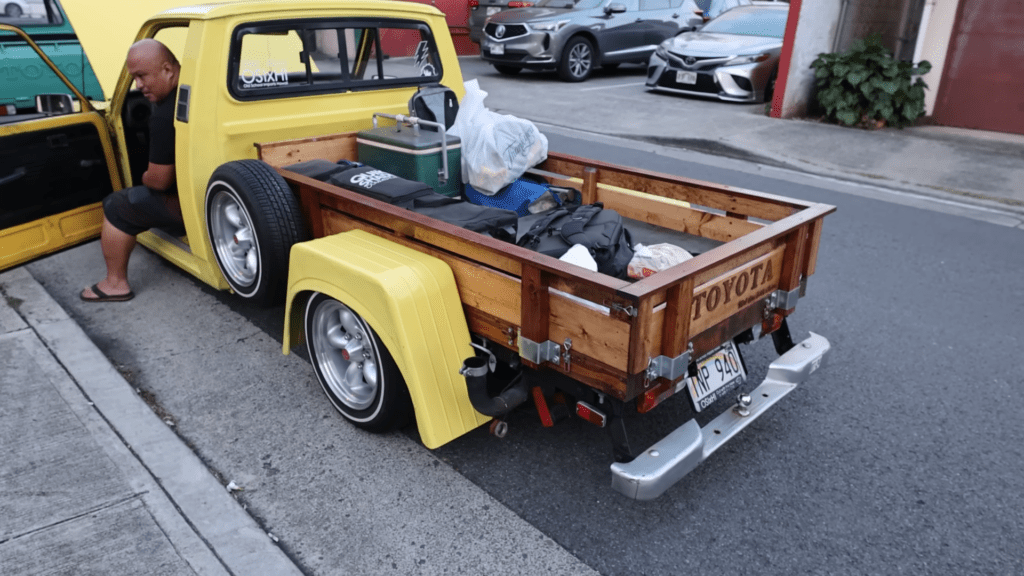

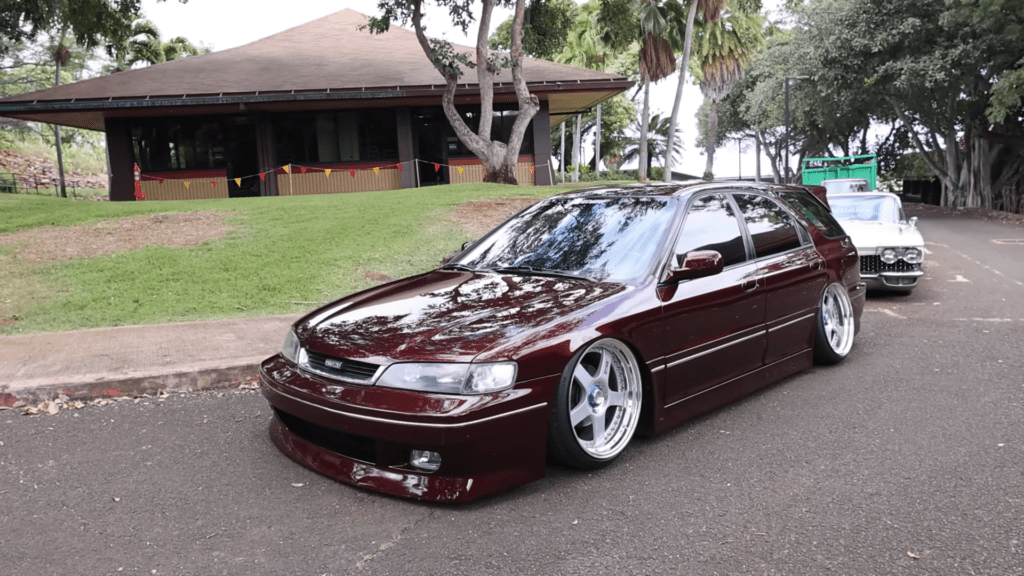
Why Hawaiian car culture matters
Hawaii is not a car enthusiast’s haven. Yet, slowly, through glamorous photos ripped straight out of brochures and bits and pieces of pop culture, it has been heavily romanticized as such, arousing bucket-list trips in peoples’ heads of supercar grand tours around the island or highway races from beach to beach. Right. That’s not real. Or at least it’d be difficult to do so.
Tight, confusing roads that change from highway to suburban side streets in the blink of an eye don’t make for very exciting driving roads. What picturesque backroads do exist are heavily touristed-out, not very technical for the touge-minded, or just gravel, meaning all those rental Jeeps on Turo aren’t just for show. And speed limits are low. Remember that 60-mile-per-hour freeway speed limit because that’s as fast as it gets. Racetracks are also uncommon, with what few exist always under threat of closure; however, recent news points to a more hopeful future for local motorsports fans, especially on the island of O’ahu.
I know. Test Drive Unlimited lied to us.
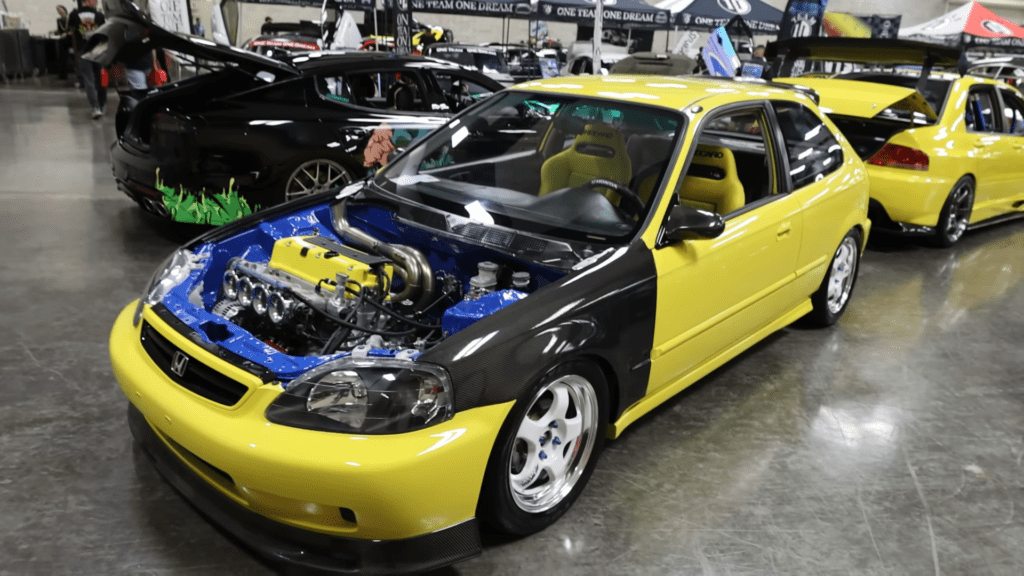
Despite these strangulations, a loud and proud pocket of car culture prevails, much akin to Hong Kong or Singapore, which Larry also highlighted for facing similar geographic challenges. Thankfully, Hawaii, like much of America, has a comparatively lax approach to the legality of modified vehicles versus other corners of the globe, meaning you can have cartoonishly wild stuff like these drift cars or lowrider builds on the archipelago without risk of being impounded for merely existing. Just pass inspection… Which I doubt some of these cars do, anyway.
At a quick glance, it’s a unique melting pot of cultures, too. Look at one build, and you’d think you’re at a weekend car show in Oakland or South L.A. Turn your head, and suddenly you’re at the Daikoku PA or Tokyo Auto Salon with more trees. Maybe there’s a glimpse of 1950s Americana at the same venue. Hawaiian car culture seemingly takes the best aspects of West Coast and Asian car cultures and reels them into a central location, both culturally and geographically, making Hawaii a unique halfway house for car enthusiasts traveling between the two realms.
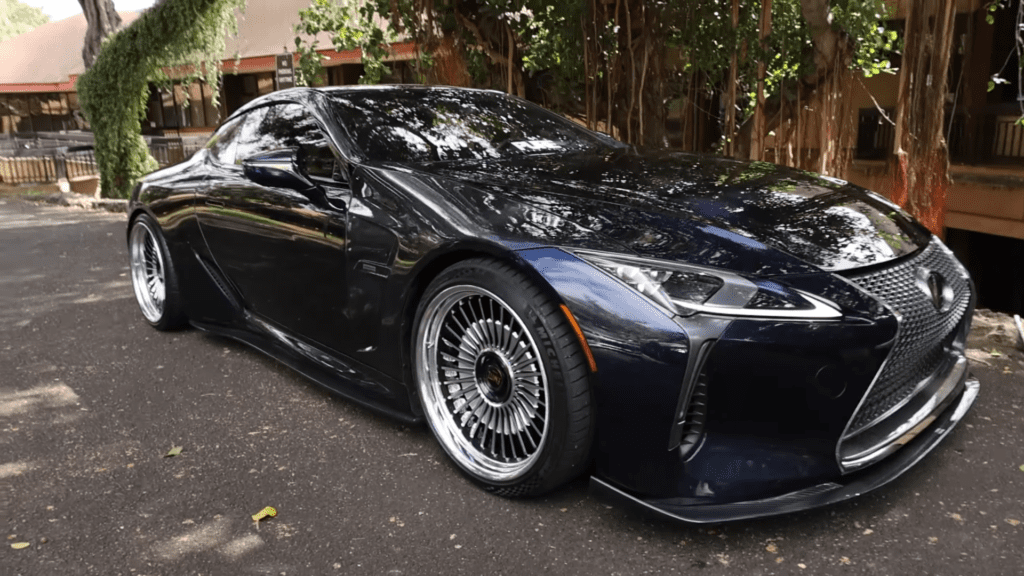
And it should be known that this isn’t the first round of internet personalities exposing Hawaiian car culture. Larry states that this is only his fifth time visiting the islands, and a quick moseying through YouTube also reveals other outlets highlighting Hawaii as both a cultural hotspot and a driving destination despite its restrictive roadways. Top Gear magazine recently reviewed the S650-generation Mustang GT in Hawaii where they attended a local car meet and viewed an autocross event. Several years back, David Patterson, a.k.a. “ThatDudeInBlue,” did a series of car reviews and a mini-documentary highlighting the struggles and ingenuity of blue-collar Hawaiian enthusiasts in the wake of losing a local race track.
Sending our respects from the mainland
So yeah. Hawaiian car culture exists and is very much a banger. Or at least I think it is, and maybe you should, too. It’s a respectful gathering of some of the most welcoming enthusiasts representing various snippets of subcultures from across the Pacific blended together. It doesn’t have the easiest time existing. But its participants are happy, authentic folk with incredible cars showcasing the most creative ideas, and the internet owes content creators like Uncle Larry, Top Gear, and Patterson a thanks for bringing their triumphs to light.
So, from the Nevadan desert, I say aloha to our companions halfway across the ocean. Never stop building, never stop dreaming, and never stop driving. Our Test Drive Unlimited dreams lie within you.


